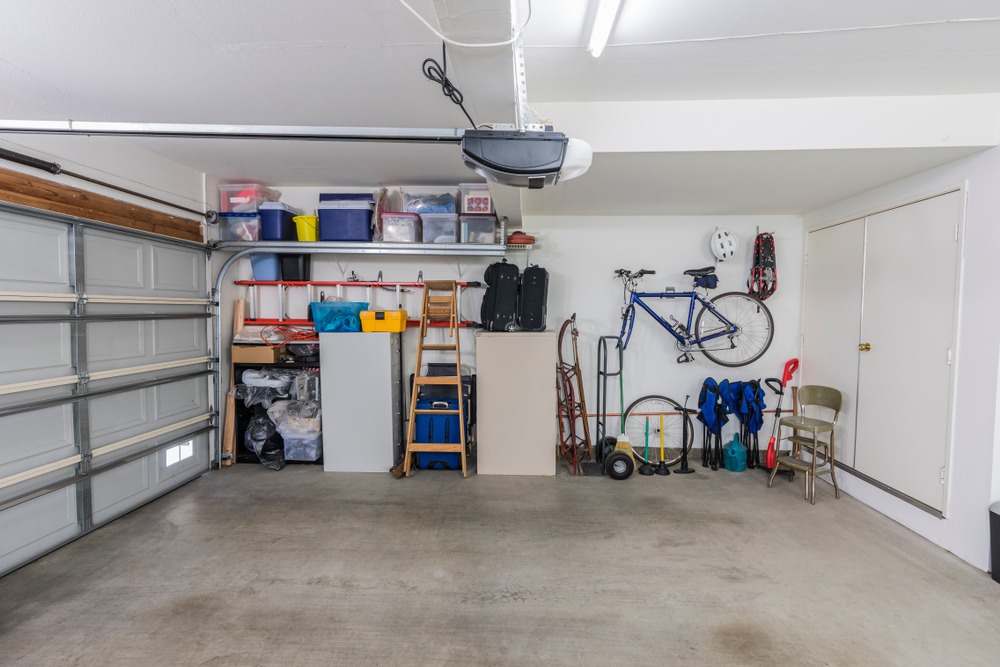Table of Content
In addition to cider, you can make it using water, but this is a more difficult technique and is not suitable for beginners. To make cider, it’s critical to remember that the sugar content of the apple must be high in order for it to be sweeter. Bubbles form as the yeast feasts on the sugar in the apple juice — creating alcohol, which stays in the cider, and carbon dioxide, which bubbles out the air lock. From there it's a question of time as the sediment settles and the bubbles, which are the hallmark of the fermentation process, slow down.

The differences among these sub-batches is startling and will give you ideas and direction for future cidermaking ventures. Wanting to make cider is a lot like wanting to make beer or wine — you have a multitude of styles from which to choose. Before you begin, you must first decide which style of cider you would prefer.
Filling the Fermenter and Pitching Yeast
A hydrometer reading is an easy way to measure the specific gravity or sugar content of the sweet apple juice. This reading will allow you to calculate the potential alcohol that could be produced. Using an inexpensive and easily purchased capping tool, put crown caps on the bottles. Apples, for example, are high in vitamin C, a naturally occurring immune system booster. If you haven’t guessed, hard cider is a type of apple cider.
The best hard cider is made from sweet apple cider fresh from the cider press — whether your own, or a local cider mill’s. In a pinch, you can also make hard cider with grocery store apple juice, as long as it doesn’t have preservatives. 1 packet of yeast should be used to brew up to 5 gallons of brew. Making your own hard cider is simple, inexpensive, and tastes fantastic. Make a note of when it will be brewing so you can keep track of how long it has been. The cider can be bottled after 2 to 4 weeks, using my guide to bottling.
Lets Talk about Apple Juice for Making Hard Cider
With this simple recipe, you can make your own delicious hard cider. Hard cider is a delicious beverage that can be made at home at a low cost and with ease. One of my favorite ways to preserve apples is to make hard cider, and I’ll show you how to do it in this video. Make sure the pot, jug, airlock, and rubber stopper are well-sitified.
As much as we’d like to talk about beer, that’s not what we’re here for — not right now, at least. We’re talking hard cider here, which is not only as tasty as beer, it’s also simpler to make in the confines of your home/apartment/Quonset hut. It might take a little while for it to ferment, but hey, what else have you got going on at this point? Apple cider yeasts are not available in the United States, but some cideries have isolated their own wild yeast from those grown on apples. In the United States, there is currently a market for cider made with wine, ale, lager, mead, and wild yeast. The best way to do this is to combine 5 1-gallon jugs of your favorite juice with 1 gallon of different yeast.
Clean & Sanitize all Brewing Equipment
Put it in a slightly warm (about 75°F or 24°C), dark location and let it sit around for 6 months. Since yeast comes in many forms, follow the usage guidelines provided by the manufacturer. Also, make sure the yeast is properly stored and watch the Use By date.

Cider was almost certainly extinct as a product until Prohibition took its toll. The number of domestic manufacturers who sell products has increased by 200% per year. Apple cider sales in the United States may reach 75 million cases by 2020.
Importantly, also, the fruit needs to be clean, so as to not introduce spoilage bacteria. You don’t want any mud or bird poo, so wash your apples with a hose pipe or by dunking them into a bucket of water. Cider expert Gabe Cook gives a step-by-step guide creating homemade cider, including tips on selecting apples, extraction and fermentation.

Preferably, your sweet cider should be “cold pasteurized,” which kills microorganisms with ultraviolet light. The usual method of pasteurization kills microorganisms with heat, which affects the flavor of the juice. If you’re not sure which method a local cider mill uses, it doesn’t hurt to ask. Fruit and Yeast Selection – This sections examines the options you have for your apple juice and yeast strains.
Boiling causes pectins to set, which creates a permanently hazy beverage. While simmering the cider, you can add the optional 2 pounds of brown sugar or honey. This will boost the fermentable sugar content in your cider and up the alcohol content. The best hard cider is made from fresh sweet apple cider, which is created by pressing it at the cider press.

Then put this hot sugar solution into the clean bottling bucket. You should put your cider into the bottling bucket very carefully. Fill your previously sanitized bottles; leave at least 1-1.5″ headspace. Finally, cap and leave the whole mix in a warm room for two weeks for the carbonation process. An essential step in cider elaboration is to include some sulphur dioxide to prevent a plethora of dangerous bacteria or yeasts in the apple juice.
Oxidation not only exposes the juice to undesirable bacteria but also turns it an unpleasant brown. Boiling apple juice for hard cider is required, if you are using homemade apple juice . After boiling, bring the juice to room temperature and then pour it in the fermenter. Although it’s not exactly beer, hard cider can be just as refreshing and tasty – especially if you know how to make hard apple cider.













